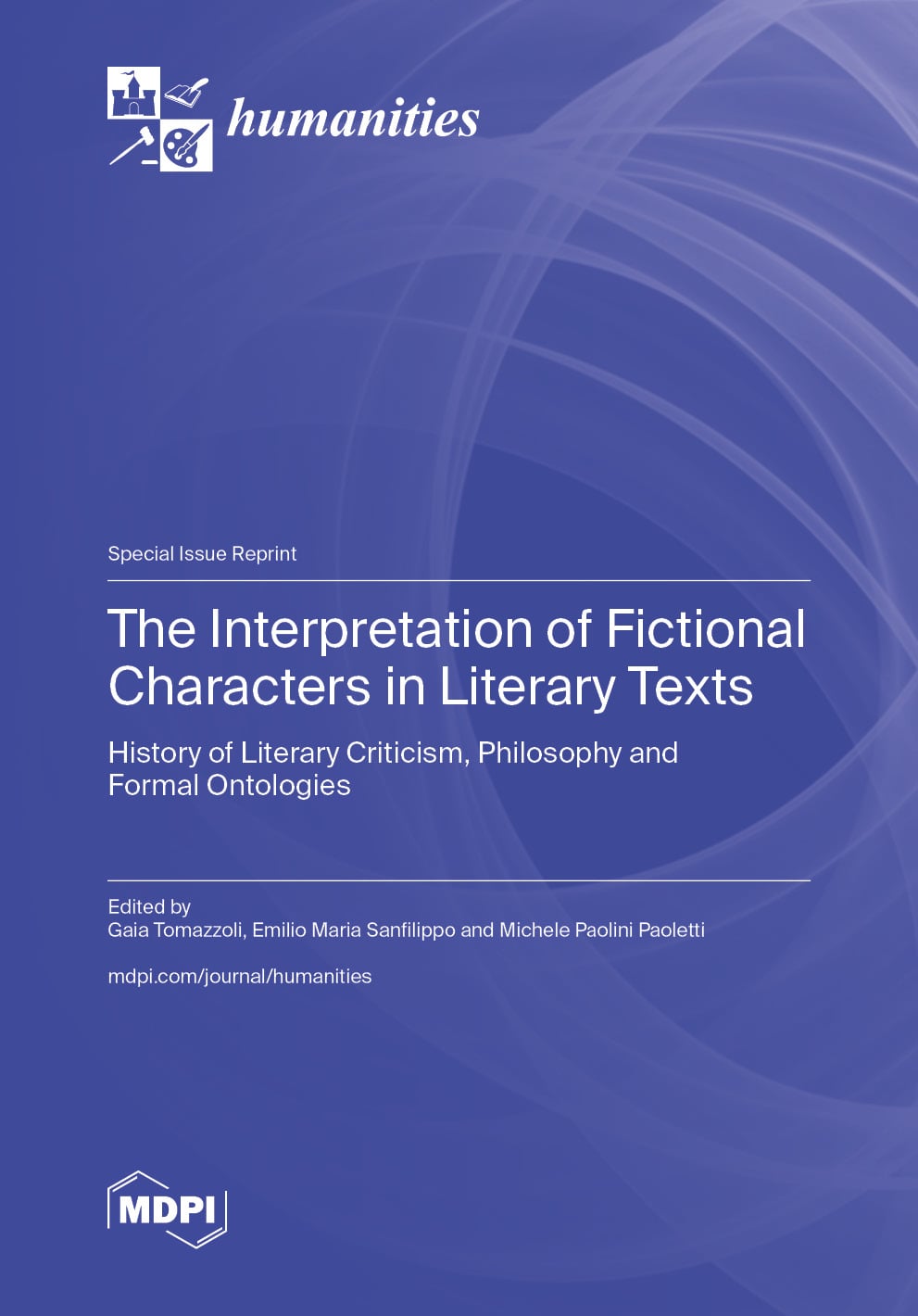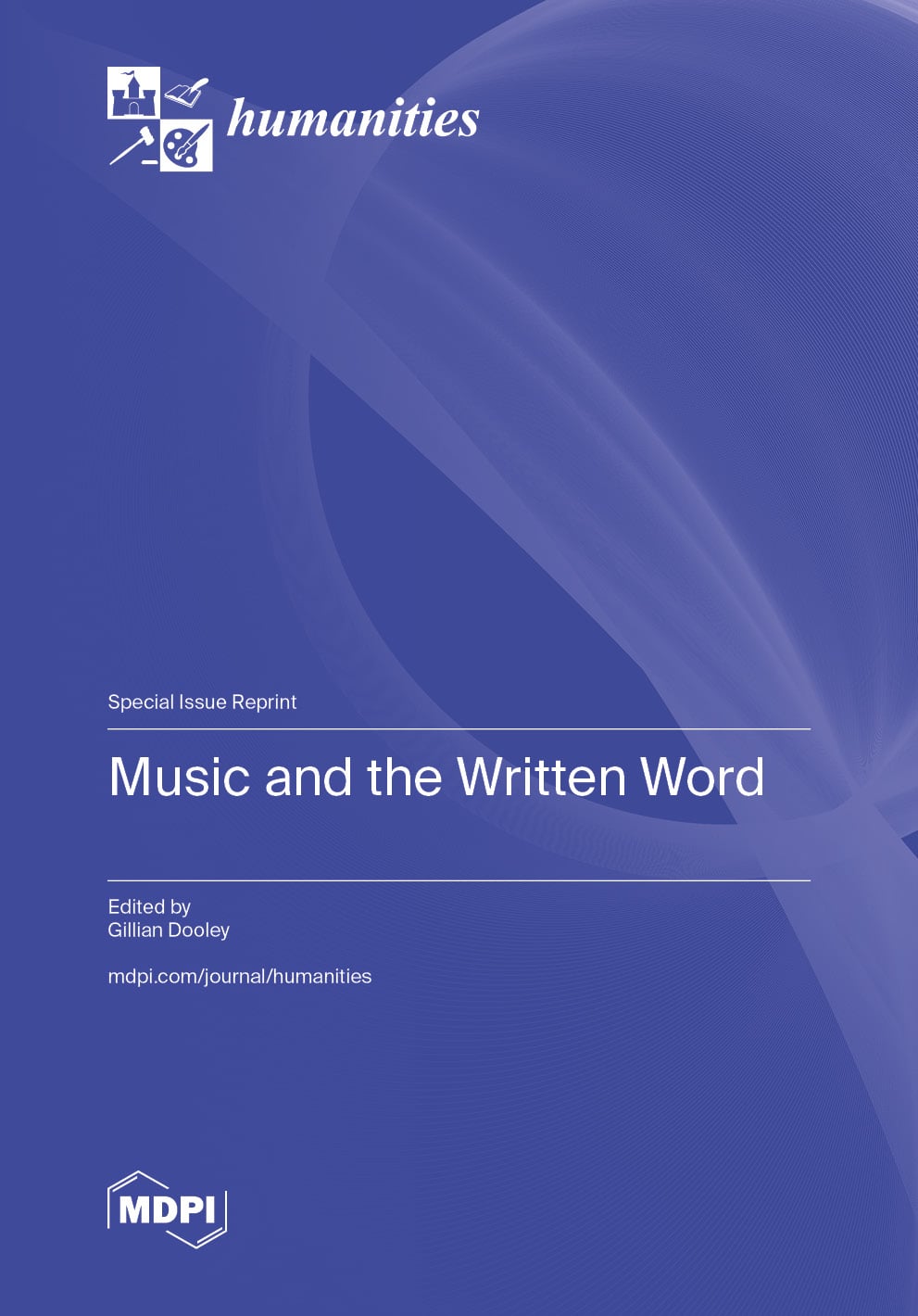- 0.3Impact Factor
- 0.5CiteScore
- 34 daysTime to First Decision
Humanities
Humanities is an international, peer-reviewed, open access journal on the meaning of cultural expression and perceptions as seen through different interpretative lenses.
Humanities is published monthly online by MDPI.
All Articles
News & Conferences
Issues
Open for Submission
Editor's Choice
Reprints of Collections

Reprint
The Interpretation of Fictional Characters in Literary Texts
History of Literary Criticism, Philosophy and Formal OntologiesEditors: Gaia Tomazzoli, Emilio Maria Sanfilippo, Michele Paolini Paoletti


